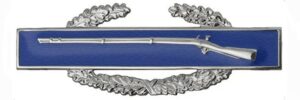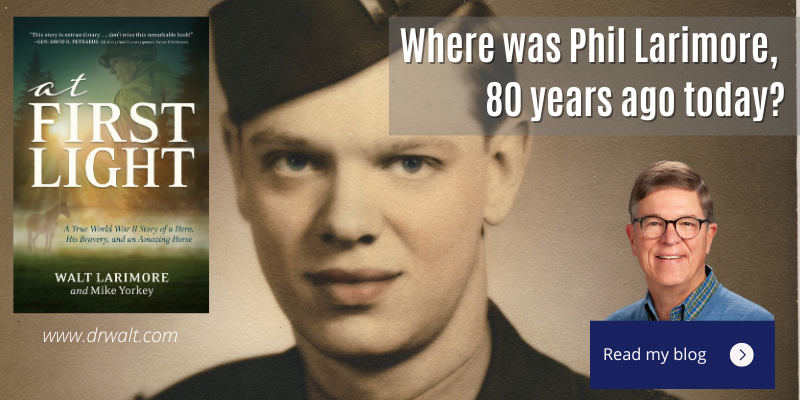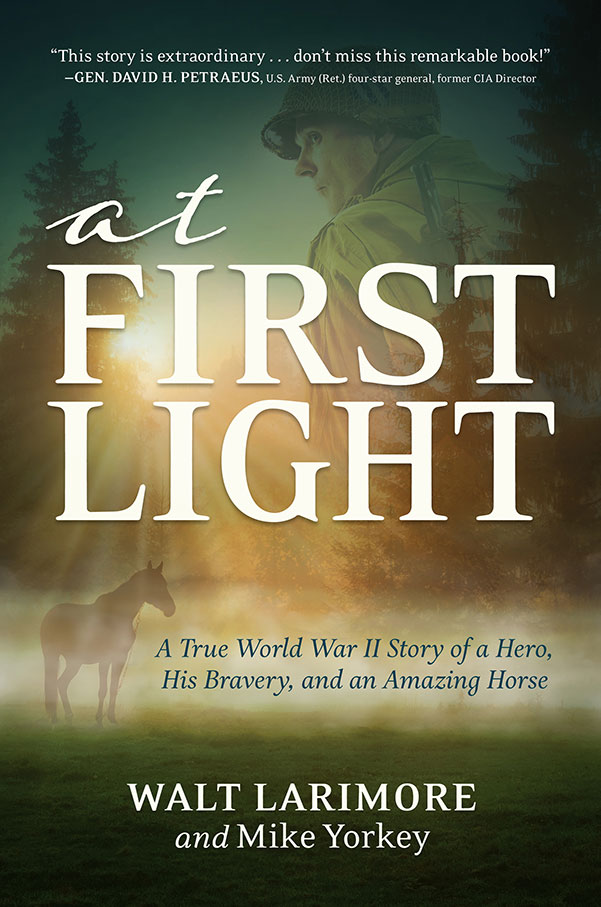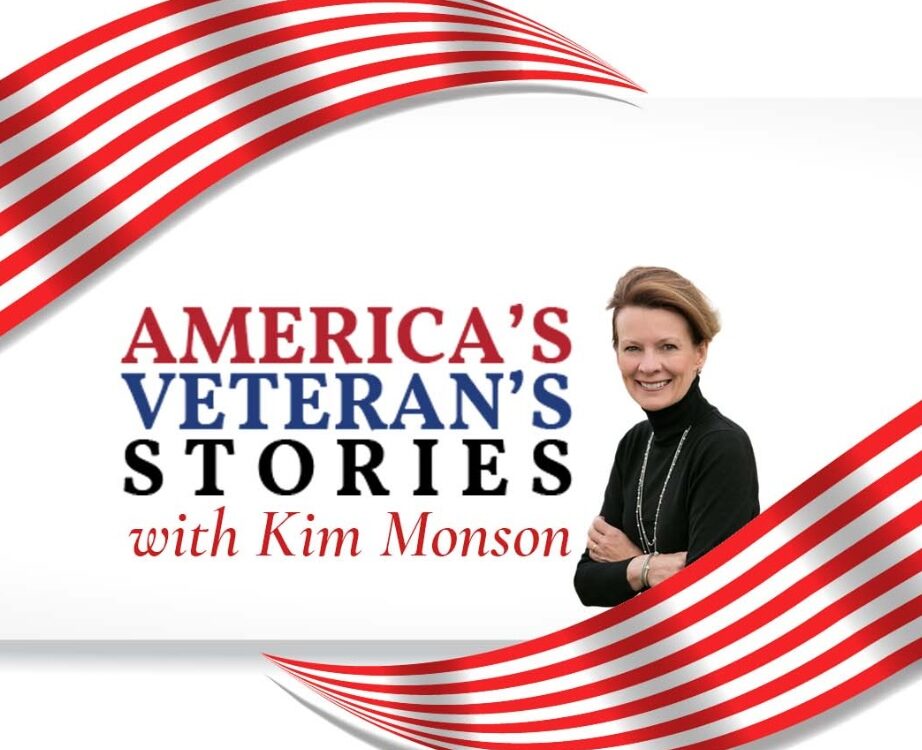April 23, 1944 – Front line rifle companies at Anzio were seldom at full strength except by accident

April 22, 1944 — At the Anzio beachhead preparations for a breakout took on a febrile intensity
April 22, 2024
Using a spiritual history in clinical practice (ICMDA Webinar – 2 of 5)
April 24, 2024For all of the rhetoric of combined-arms operations, it was the men who wore the crossed rifles on their collars, with the protection provided by an olive drab shirt, the firepower they could carry, and the mobility furnished buy their own two feet, who bore the ultimate burden of carrying and consolidating enemy positions.

Their status was recognized by a unique award: The Combat Infantryman Badge. Established in 1943, its issue was restricted to infantrymen assigned to an infantry unit actively engaged in ground combat, who participated actively and satisfactorily in that combat. The soldiers who wore it were unique, save only for the frontline medics who received a counterpart—the Combat Medic Badge in 1945.

Combat Infantryman Badge
The Combat Infantryman Badge (CIB) is an award of the United States Army which is presented to those officers, warrant officers and enlisted soldiers, in the grade of Colonel and below, who participate in active ground combat while assigned as a member of an infantry or Special Forces unit, brigade or smaller size, during any period subsequent to December 6, 1941.
It was created with the primary goal of recognizing the sacrifices of the infantrymen who were disproportionately likely to be killed or wounded during World War II.
In 1947, a policy was implemented that authorized the retroactive award of the Bronze Star to soldiers who had received the Combat Infantryman Badge during World War II. The basis for doing this was that the CIB was awarded only to soldiers who had borne combat duties befitting the Bronze Star Medal and also that both awards required a recommendation by the commander and a citation in orders. (http://cibassoc.com/history/history-of-the-combat-infantrymans-badge)
- During World War II, ten dollars a month extra pay went with the Combat Infantryman Badge. It was blood money in the truest sense.
- Infantry divisions suffered more than 90 percent of the casualties in Europe.
- By a branch of service, more than 80 percent fell on the infantry.
- An infantry regiment with on-paper strength of a little more than 3000 might lose over twice that many in less than a year of combat.
- It was not unusual for a rifle company … to turn over its strength three times and more.
Such casualty rates played havoc with the concept of a “Band of Brothers” popularized by Stephen Ambrose and the popular television series made from his book.
An infantry company’s make up was constantly changing—a pattern exacerbated because men who left their company because of wounds and illness could not count on being returned to it.
Ordinary infantrymen had to make extraordinary efforts, sometimes going so far is disappearing from the a hospital or replacement depot, and being officially listed as deserters. Casualties were in turn replaced individually.
The situation was exacerbated at high levels by a policy and a miscalculation. The policy was the “ninety-division gamble,” Army Chief of Staff George C. Marshall’s Decision decision to hold the army’s size to a minimum and to devote the freed resources to war production and naval and air power.
This meant that divisions were kept on the line almost constantly, with corresponding increases in stress and casualties.
Rifle companies in any army were seldom at full strength except by accident. An American company even after a few days in action was unlikely to have enough men, 130 or so, to sustain its effectiveness longer before casualties eroded both physical and moral ability to continue.[1]
[1] Dennis Showalter, in: MacDonald, ix-xi.
In case you haven’t read or listened to Dad’s book, you can learn more or order it here.
© Copyright WLL, INC. 2024.





